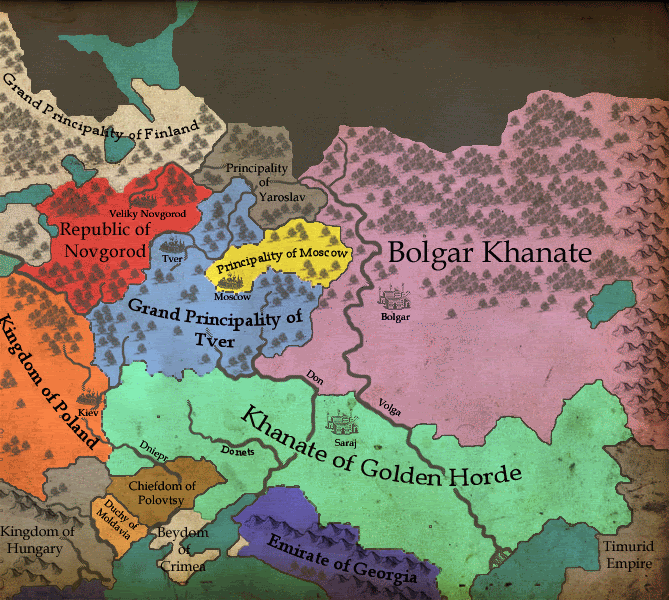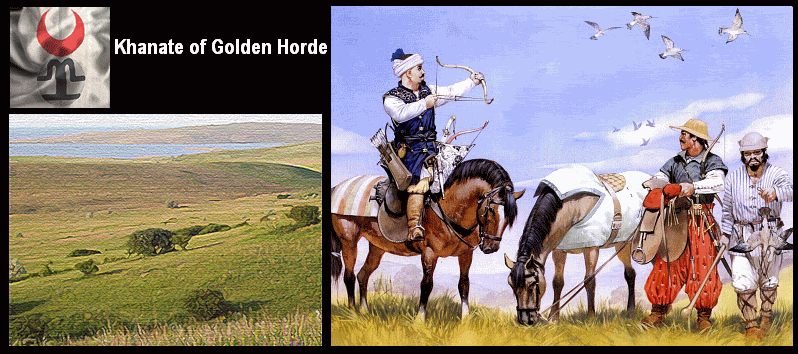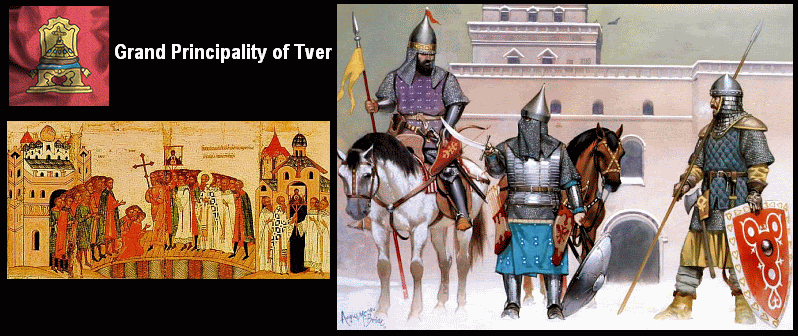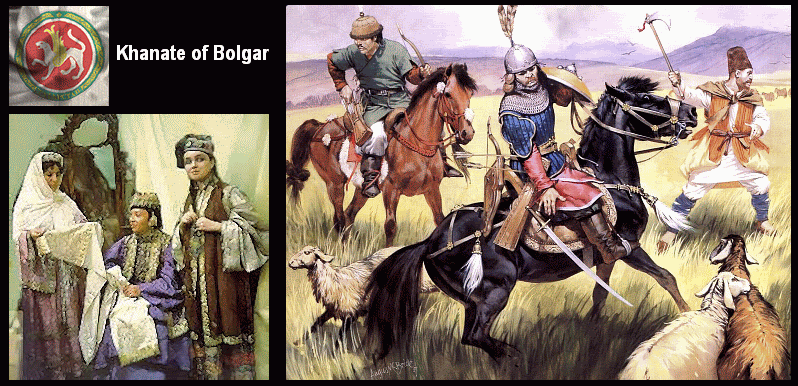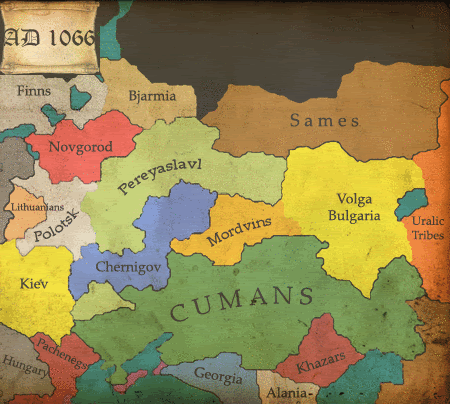Well, guys, 'The Witcher' takes around 40 hours to complete. So I guess that the update will be postponed till next weekend.
Quite interesting AAR, btw. I would love to see how it develops further on .
.
Quite interesting AAR, btw. I would love to see how it develops further on



